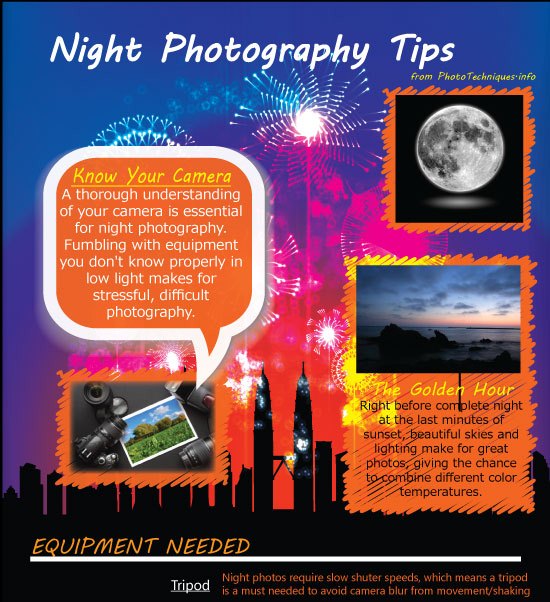Digital Photography Tips For Beginners: Understanding Your Electronic Camera In No Time At All
Digital Photography Tips For Beginners: Understanding Your Electronic Camera In No Time At All
Blog Article
Developed By-Lundgreen Dalton
When you initially grab your electronic camera, it can really feel overwhelming with all the setups and choices available. You could find yourself questioning how to browse aperture, shutter rate, and ISO efficiently. Grasping these fundamentals is crucial, yet there's even more to digital photography than just technical knowledge. Understanding make-up strategies and lighting conditions can elevate your photos drastically. So, what if you could find out simple approaches to boost your abilities and start catching excellent images faster than you think? Allow's explore exactly how to transform your photography trip.
Understanding Video Camera Setups
Understanding your camera setups is critical for capturing stunning pictures. When you grab your cam, acquaint on your own with the 3 main settings: aperture, shutter rate, and ISO. Each plays an important role in just how your pictures end up.
Start with aperture, which controls the amount of light entering the lens. A wider aperture (lower f-number) lets in extra light and develops a stunning history blur, perfect for pictures. Alternatively, a narrower aperture (greater f-number) maintains more of the scene in emphasis, ideal for landscapes.
Next off, focus on shutter speed. This setting determines how much time your camera's sensing unit is subjected to light. A quick shutter speed freezes motion, which is terrific for action shots, while a sluggish shutter rate can create magnificent results like smooth water in landscapes.
Last but not least, readjust your ISO. This setting influences your video camera's level of sensitivity to light. A greater ISO works in low-light scenarios but can introduce noise or grain. Go for https://writeablog.net/demetrius1293tyrell/how-to-build-a-digital-photography-portfolio-that-stands-out while still achieving proper exposure.
Make-up Strategies
When you're out shooting, make-up can make all the distinction in exactly how your photos resonate with viewers. Begin by utilizing the regulation of thirds; visualize your framework divided right into 9 equal sections with 2 horizontal and 2 upright lines. Placement key elements along these lines or at their junctions to produce balance and rate of interest.
Next, consider leading lines. These natural lines in your scene, like roadways or rivers, draw the customer's eye right into the photograph, guiding them with the tale you're informing.
Don't forget about mounting; use elements within your scene, like trees or home windows, to produce a structure around your subject, adding depth and emphasis.
Additionally, watch on your history. A chaotic background can sidetrack from your main subject, while a straightforward one aids it stand out.
Last but not least, explore balance and patterns; they can produce a striking photo that records interest.
Learning Lighting Issues
Understanding lights conditions is critical for catching sensational photos, as the appropriate light can transform a regular scene into something phenomenal.
Beginning by observing all-natural light at different times of the day. https://www.ksby.com/open/photographer-encouraging-residents-to-purchase-gift-cards-from-local-businesses and late afternoons offer the most effective light, called the gold hour. The soft, warm tones throughout these times can enhance your images magnificently.
Do not avoid cloudy days either; diffused light can minimize extreme darkness and produce a pleasing impact, particularly for portraits.
Experiment with backlighting by positioning your topic against the light source. This technique can produce a dreamy halo impact and include deepness to your photos.
Pay attention to your video camera setups too. Adjust the ISO, aperture, and shutter rate to fit the lighting conditions. A greater ISO can assist in reduced light, yet be cautious of grain.
Utilize a tripod in darker environments to stay clear of blur.
Finally, do not fail to remember fabricated lights. Flash and continual lights can be excellent tools for managing light in tough conditions.
Final thought
In conclusion, understanding your video camera doesn't need to be frustrating. By comprehending your settings, applying composition techniques, and taking advantage of the power of natural light, you'll rapidly boost your photography skills. Bear in mind, practice makes best, so venture out there and trying out your newly found knowledge. With time and dedication, you'll be recording sensational photos that show your special point of view. Appreciate the journey, and don't forget to have a good time while you go to it!
